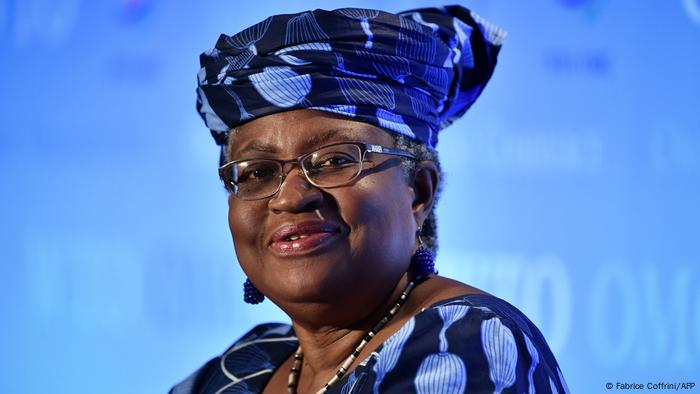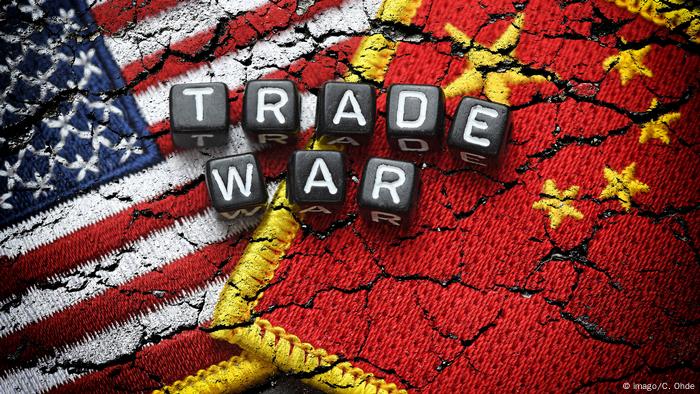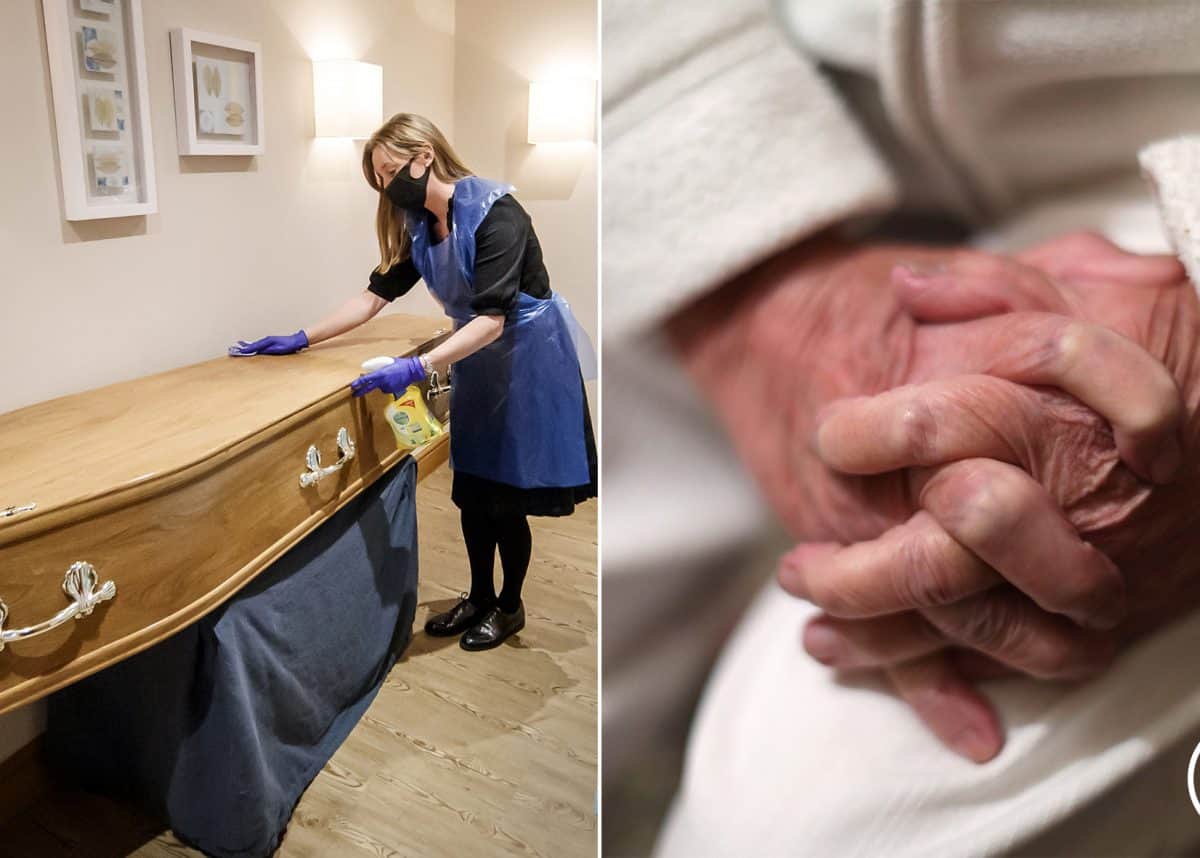Appeals Court Tells Lying Cop No 'Reasonable' Officer Would Think It's OK To Tear Gas Journalists For Performing Journalism
from the pretty-much-as-clearly-established-as-something-can-get dept
For some reason, we, the people, keep having to shell out cash to employ a lot of unreasonable law enforcement officers.
We've already seen some federal courts respond to violent law enforcement responses to the mere presence of journalists and legal observers during protests. The targeting of non-participants by law enforcement has been met with injunctions and harsh words for the officers participating in these attacks.
Much of what's been covered here deals with months of ongoing protests in Portland, Oregon and violent responses by federal officers. But this appeals court ruling (via Mike Scarcella) shows the problem isn't confined to the Northwest or federal law enforcement. Cops are attacking journalists in other cities as they try to do nothing more than cover highly newsworthy events.
And the problem isn't new either. This case [PDF], handled by the Eighth Circuit Court of Appeals, deals with an attack on three Al Jazeera reporters covering protests in Ferguson, Missouri following the killing of Michael Brown.
Local law enforcement officers may not have been wearing cameras, but the journalists brought their own. The events that transpired were captured in the course of their attempted coverage of Ferguson protests. Fortunately, this footage exists. The version of events offered by the sued deputy is a lie. Here's what was captured by Al Jazeera cameras:
The SWAT Team approached the reporters as they prepared the live broadcast, a block and a half from the street where most of the protests occurred. Their video shows a calm scene. An unidentified officer begins shooting rubber bullets at them. They yell, identifying themselves as reporters. Anderson then deploys a single canister of CS gas (also known as “tear-gas”). It lands in front of the reporters. They move away from the camera, but can be heard talking in the background. An unidentified person walks past the camera. Other people stop in front of it. The police do not fire at them. One reporter re-appears in front of the camera, is shot at, and leaves. Another person walks past the camera (possibly the same unidentified person as before). A second group poses in front of the camera, thinking they are on CNN. They talk to the camera for over two minutes.
Minutes later, police deploy another canister of tear-gas at men standing on the corner, several feet from the camera. Over a speaker, the SWAT Team appears to ask the reporters to “turn the spotlight off.” SWAT Team members then lay down the lights and turn the camera lens toward the ground. The reporters re-appear. After speaking to the officers, they pack their equipment and leave.
As the court notes, this narrative (the one captured by cameras) is "disputed." But it's only "disputed" because Deputy Michael Anderson (the defendant) would prefer to use an alternate history to exonerate himself.
Anderson claims the reporters were told to disperse and turn off the lights but refused. He also claims he saw projectiles launched from the area of the bright lights. He says he had difficulty seeing what was going on. He believes there was an imminent threat to safety. He stresses that his sergeant ordered him to deploy the tear-gas.
Submitted in support of this narrative is Anderson's sworn declaration that everything he said is true, even when nothing on record supports his version of the incident.
Before the SWAT Team arrived, the reporters counter that their location was a calm scene. The videos support this. None records any orders to disperse. They also do not show any projectiles thrown from the reporters’ area. They do not show orders to turn off the light before Anderson deployed the tear-gas.
The court doesn't call Anderson a liar. It might have, if other questions had been presented. It's limited to determining whether or not Deputy Anderson should be awarded qualified immunity. Once this returns to the lower court, Anderson will get another chance to prove he's not lying. It seems unlikely he'll be able to, but he is definitely going back to the lower court and is definitely going to have to defend himself against at least one allegation.
The Appeals Court says Anderson's actions clearly violated the reporters' First Amendment rights. No qualified immunity on this count.
The videos confirm the reporters’ version of the facts. They do not show dispersal orders or flying projectiles. They do not show orders to turn off the lights before the tear-gas. Rather, they show a peaceful scene interrupted by rubber bullets and tear-gas. Anderson presumes disputed facts in his favor, which this court cannot do because he moved for summary judgment. See Duncan, 687 F.3d at 957. Taking the facts most favorably to the reporters, Anderson did not have arguable probable cause to use the tear-gas.
Even if the court were inclined to believe Anderson's apparent bullshit, he still wouldn't be granted qualified immunity.
Anderson is not entitled to qualified immunity even if his sergeant told him to deploy the tear-gas. Anderson cites the Heartland case for the proposition that §1983 “does not sanction tort by association.” Heartland Acad. Cmty. Church v. Waddle, 595 F.3d 798, 806 (8th Cir. 2010). True, but nothing in Heartland says that a government official is immune if a superior instructs him to engage in unconstitutional conduct. Instead, Heartland says that defendants must be individually involved in the unconstitutional act to be liable under §1983. Id. See also White, 865 F.3d at 1076 (“[A] plaintiff must be able to prove ‘that each Government-official defendant, through the official’s own individual actions, has violated the Constitution.’ ”), quoting Ashcroft v. Iqbal, 556 U.S. 662, 676 (2009). Here, it is undisputed Anderson was involved. He is the one who deployed the teargas at the reporters.
The deputy argued the reporters weren't engaged in First Amendment activity. Instead, they were ignoring a dispersal order. Again, the court points to the recording which shows no dispersal order being given during the entirety of the incident. Even if one had been, there's no reason to assume a dispersal order requires reporters to leave the scene. Reporters reporting on newsworthy events are not engaged in unlawful activity.
The deputy also argued the plaintiffs were required to provide proof of his motive -- his alleged desire to retaliate against the reporters for engaging in protected activities. Wrong again, says the court. There's enough doubt in here a jury should examine it.
To support its conclusion that the reporters had alleged enough about causation to survive summary judgment, the district court noted that the videos show a peaceful scene interrupted by Anderson’s tear-gassing of the reporters, but not others. Quraishi, 2019 WL 2423321, at *7 (“The raw footage from Al Jazeera, however, showed that numerous people came into the area where the reporters were standing, but only the reporters were shot at and tear gassed.”). The reporters were singled out—other people were in their immediate area but only the reporters were tear-gassed at the scene. (Minutes later, men were tear-gassed several feet from the camera.) Anderson’s motive is not “so free from doubt as to justify taking it from the jury.”
And, again, the court highlights the video that shows a chain of events that contradicts Anderson's claims.
The district court’s summary judgment facts are not based on allegations of actions by unknown individuals. They come from videos showing Anderson deploying the tear-gas. As noted, the district court does not have to rely solely on Anderson’s account of events to discern what motivated him.
It is clearly established that firing tear gas at journalists to prevent them from covering newsworthy events is a violation of their rights, the Appeals Court says, rattling off a list of ten previous decisions reaching the same conclusion. Any assumption otherwise is unreasonable.
A reasonable officer would have understood that deploying a tear-gas canister at law-abiding reporters is impermissible.
Deputy Anderson is headed back to the district court to face the reporters' First Amendment allegations, as well as state-level excessive force claims. (The Appeals Court grants qualified immunity on the Fourth Amendment claims, noting that being tear-gassed is not a "seizure" as there is no detention or other form of police custody.) And it would seem he's destined to lose. His version of the events isn't supported by anything tangible. The other side has plenty of footage showing things didn't happen the way Deputy Anderson apparently wishes they would have happened. This isn't a "factual dispute." This is a recording contradicting a law enforcement officer's lies. Hopefully, the district court will further highlight this, shall we say, "disparity" upon his return.







